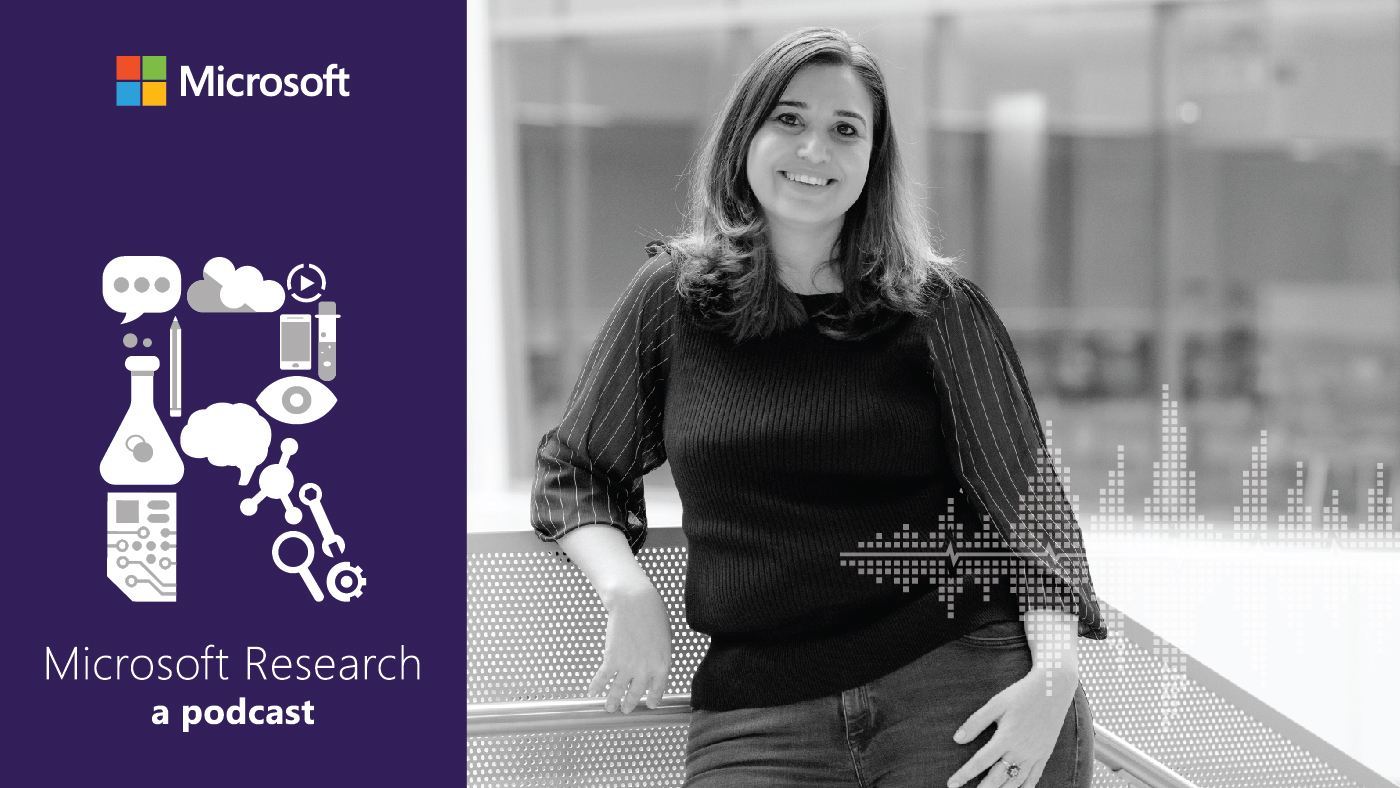Posted by
Microsoft Research Podcast
We arrived in St. Petersburg, Russia, at mid-afternoon Friday—a little worse for wear after a night flying over the Atlantic, followed by changing planes in Frankfurt. But overall, the journey was fine, and given how things have been going, well worth the trip.
Our hotel is a way from the heart of the city. The Imagine Cup is larger than I ever imagined: 309 student competitors from 71 countries, in addition to judges, faculty, support people, press, and space for them all to set up and present their work. There are few places large enough to accommodate such a traveling circus, and the facilities more than make up for the slight inconvenience of not being within walking distance of town.
The hotel is on an island, and one of the more “unusual” things that we had to warn students about is getting stranded on the wrong side of the water, because the bridges connecting the island are all drawbridges, and they stay upright from about 1:30 a.m. to 6 a.m.—not great for late-night revelers. But the students—while clearly having fun—have been downright serious in preparing for their presentations. The funny thing is that some of their sponsors seem even more stressed than the students are.
As I said in my earlier post, we came to St. Petersburg a couple of days earlier to avoid jet lag during judging, but also to have a chance to see some of the city. (I have to fly back on Friday to attend the Faculty Summit in Redmond next Monday). This was an act of genius, since I had the good sense to bring perfect clear and warm weather for the week (of course, I am going to take credit!). What I love about St. Petersburg is that it is not only an incredibly beautiful city, but it also is highly suitable for being explored on foot.
After a low-key evening at the hotel on Friday, we headed into the city and began our exploration at St. Isaac’s Cathedral. This is the tallest building in the old city center, and one of its attractions is that it provides the ability to climb above the roof to an outside colonnade that surrounds the huge golden (literally) dome. From here, one can profit from a spectacular panorama of the city and the surrounding area—and gain one’s bearings.
But this was a good place to start for another reason. The Imagine Cup is, after all, not just about technology. For example, the jury that I am on is World Citizenship. To me, this, and the event itself, reinforces the value proposition that technology is intimately linked to culture—and always has been. This is why St. Isaac’s was such a great place to start. What better example could one come up with to illustrate this point, with its intersection of architecture, science, technology, innovation, religion, politics, and economics?
The cathedral took 40 years to build (1818-58). The porticos that surround the cathedral on all sides are example enough. Together they encompass 56 columns, each of which is 17 meters tall, and consisting of 114 tons of solid red granite. Assume that the columns were just lying there ready to put up. How would you do so? The mechanism for achieving that itself was beyond the complexity of many buildings and pushed the art of the day. But they were not “just lying there.” They were quarried in Finland and had to be shipped by sea in specially built ships and transported by land on special train cars. Remember, each was a single piece. This was no casual endeavor. This building was a major statement representing an incredibly strong commitment—one that most marvel at today due to its beauty, far fewer due to what it took to build, I suspect.
But for me, it is a great metaphor for what we, the Imagine Cup judges, are here for—at least in my opinion, to ask the most fundamental question that we can ask of ourselves and help our students ask: “What are we capable of as individuals and as a community?”
Our values, priorities, and objectives may be far from those that led to St. Isaac’s. But the cathedral does illustrate what we can do, should we so decide. If we can help release even a small bit of the potential represented by the teams participating in St. Petersburg, the result will be able to stand proudly beside St. Isaac’s, perhaps even tower above it.
This I truly believe.


